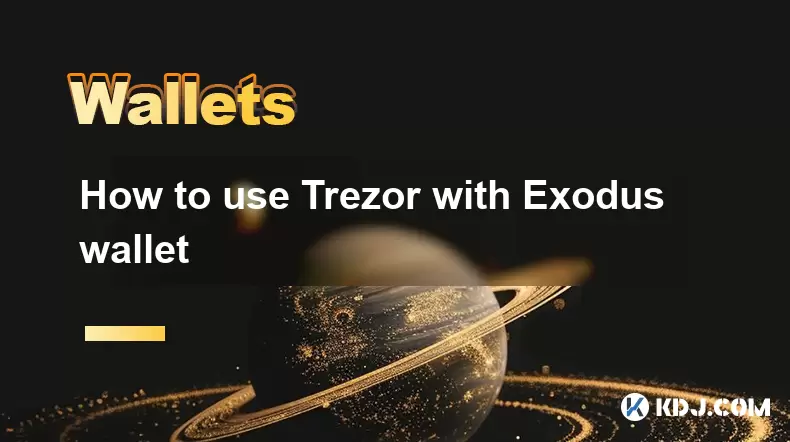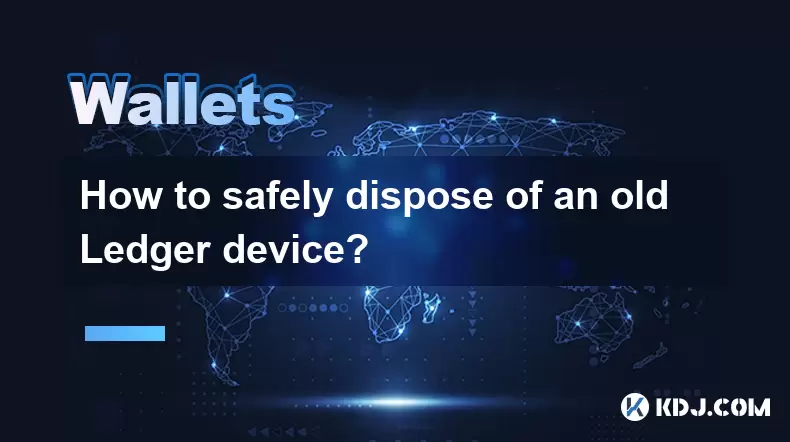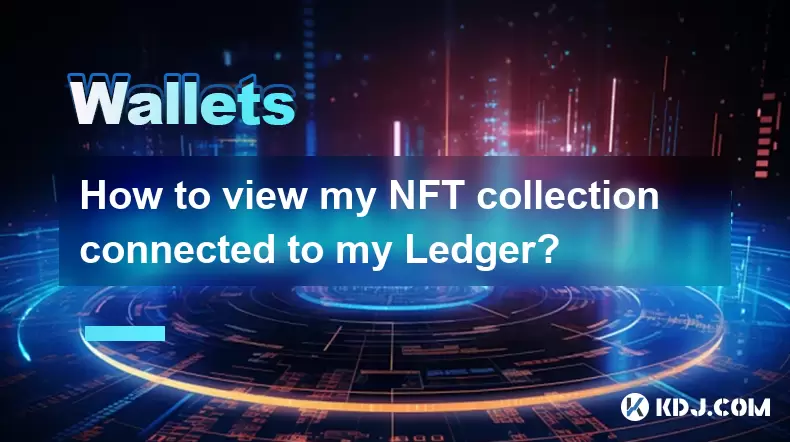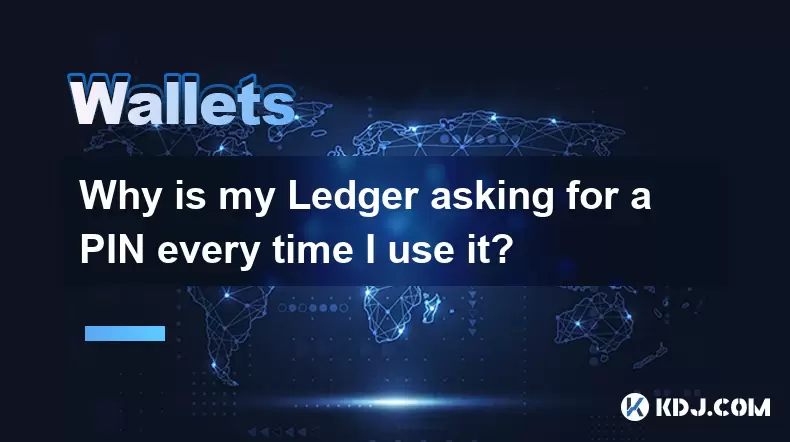-
 Bitcoin
Bitcoin $108,813.3951
0.70% -
 Ethereum
Ethereum $2,609.5033
2.75% -
 Tether USDt
Tether USDt $1.0002
0.04% -
 XRP
XRP $2.3092
1.52% -
 BNB
BNB $660.4350
0.08% -
 Solana
Solana $150.9688
1.94% -
 USDC
USDC $1.0000
0.03% -
 TRON
TRON $0.2874
0.54% -
 Dogecoin
Dogecoin $0.1703
2.05% -
 Cardano
Cardano $0.5876
1.92% -
 Hyperliquid
Hyperliquid $38.6700
0.38% -
 Sui
Sui $2.9003
1.96% -
 Bitcoin Cash
Bitcoin Cash $499.7531
1.54% -
 Chainlink
Chainlink $13.8737
3.81% -
 UNUS SED LEO
UNUS SED LEO $9.0654
0.52% -
 Stellar
Stellar $0.2585
4.18% -
 Avalanche
Avalanche $18.3447
2.45% -
 Shiba Inu
Shiba Inu $0.0...01185
2.99% -
 Toncoin
Toncoin $2.8011
1.62% -
 Hedera
Hedera $0.1605
1.94% -
 Litecoin
Litecoin $87.3463
1.95% -
 Monero
Monero $312.1021
-1.15% -
 Polkadot
Polkadot $3.4407
2.29% -
 Dai
Dai $1.0001
0.02% -
 Ethena USDe
Ethena USDe $1.0003
0.03% -
 Bitget Token
Bitget Token $4.3276
0.84% -
 Uniswap
Uniswap $7.6652
5.23% -
 Aave
Aave $290.8872
4.15% -
 Pepe
Pepe $0.0...01018
3.64% -
 Pi
Pi $0.4587
1.00%
Coinbase two-factor authentication settings: enhancing account security
Jul 09, 2025 at 02:49 am

Understanding Two-Factor Authentication on Coinbase
Two-factor authentication (2FA) is a critical security measure that adds an additional layer of protection to your Coinbase account. In the world of cryptocurrency, where digital assets are stored online and vulnerable to theft, 2FA ensures that even if someone gains access to your password, they still cannot log in without the second form of verification. This second factor typically involves a time-based code generated by an authenticator app or sent via SMS. Enabling 2FA on Coinbase significantly reduces the risk of unauthorized access and potential loss of funds.
Why Coinbase Requires Stronger Account Security
With the rise in phishing attacks, credential leaks, and hacking attempts targeting crypto users, Coinbase has emphasized stronger account security measures for all users. The platform encourages every account holder to activate two-factor authentication as part of its broader commitment to user safety. Unlike traditional financial platforms, cryptocurrency exchanges like Coinbase deal with irreversible transactions, making it crucial to prevent unauthorized access from the outset. By enabling 2FA, users protect their wallets, trading history, and personal information from being exploited.
How to Set Up Google Authenticator for Coinbase
One of the most secure methods of enabling 2FA on Coinbase is using Google Authenticator, a time-based one-time password (TOTP) application. To begin:
- Log into your Coinbase account.
- Navigate to the Security Settings section under your account preferences.
- Locate the Two-Factor Authentication option and click "Enable."
- Select the Authenticator App method.
- Scan the QR code displayed on the screen using the Google Authenticator app.
- Enter the six-digit code generated by the app into the Coinbase interface.
- Confirm and save your recovery codes in a secure location.
This setup ensures that each login requires both your password and the dynamic code generated by Google Authenticator, which changes every 30 seconds.
Setting Up 2FA via SMS on Coinbase
For users who prefer a simpler approach, Coinbase also supports SMS-based two-factor authentication. While not as secure as an authenticator app, SMS 2FA still offers a significant improvement over single-factor login systems. Here's how to enable it:
- Sign into your Coinbase account.
- Go to the Security Settings page.
- Find the Two-Factor Authentication section.
- Choose the SMS option.
- Enter your mobile phone number.
- Wait for a verification code to be sent via text message.
- Input the code into the Coinbase interface.
- Confirm activation and store backup codes securely.
Keep in mind that SMS-based 2FA can be vulnerable to SIM-swapping attacks, so using an authenticator app is generally recommended for better security.
Managing Backup Codes and Recovery Options
In the event you lose access to your 2FA device, Coinbase provides backup codes that allow you to regain entry to your account. These should be treated with the same level of importance as your private keys or passwords. After enabling 2FA, you will be prompted to download or print these codes. It’s advisable to:
- Store them in a secure password manager.
- Keep a physical copy in a safe place.
- Avoid sharing them with anyone.
If you ever need to use a backup code, simply enter it when prompted during login instead of your usual 2FA token. Note that each backup code can only be used once, so it's essential to keep track of which ones have been used and replace them if necessary.
Frequently Asked Questions (FAQs)
Q: Can I disable 2FA after enabling it on Coinbase?
Yes, you can disable two-factor authentication at any time through your Coinbase Security Settings, but doing so increases the risk of account compromise. It is strongly advised to keep 2FA enabled for ongoing protection.
Q: What happens if I lose my phone and can’t access my 2FA app?
If you're unable to generate 2FA codes, you can use one of your backup codes to log in. If you’ve lost both your phone and backup codes, you’ll need to contact Coinbase support for assistance, though this process may take time and require identity verification.
Q: Is there a way to use multiple 2FA methods simultaneously on Coinbase?
Currently, Coinbase allows only one active 2FA method at a time. However, you can switch between methods—such as moving from SMS to an authenticator app—at any time via the Security Settings menu.
Q: Are hardware security keys supported by Coinbase for 2FA?
Yes, Coinbase supports FIDO2/WebAuthn security keys, such as YubiKey, for enhanced two-factor authentication. This is considered one of the most secure options available and can be configured alongside or instead of other 2FA methods.
Clause de non-responsabilité:info@kdj.com
Les informations fournies ne constituent pas des conseils commerciaux. kdj.com n’assume aucune responsabilité pour les investissements effectués sur la base des informations fournies dans cet article. Les crypto-monnaies sont très volatiles et il est fortement recommandé d’investir avec prudence après une recherche approfondie!
Si vous pensez que le contenu utilisé sur ce site Web porte atteinte à vos droits d’auteur, veuillez nous contacter immédiatement (info@kdj.com) et nous le supprimerons dans les plus brefs délais.
-
 BANANAS31 Échangez maintenant
BANANAS31 Échangez maintenant$0.0193
26.56%
-
 LAUNCHCOIN Échangez maintenant
LAUNCHCOIN Échangez maintenant$0.1301
23.19%
-
 M Échangez maintenant
M Échangez maintenant$0.2058
20.48%
-
 HSK Échangez maintenant
HSK Échangez maintenant$0.6898
20.41%
-
 CRO Échangez maintenant
CRO Échangez maintenant$0.0966
19.64%
-
 VVS Échangez maintenant
VVS Échangez maintenant$0.0...02196
18.43%
- BlockDag marque un grand avec des offres sportives, tandis que Toncoin Price vise et Pepe sent le pincement
- 2025-07-09 07:10:12
- Bitcoin, Fox Business et Scare: A Wild West Gold Rush?
- 2025-07-09 06:50:12
- Cryptos Configuration haussière: Ripple (XRP) est-il prêt pour un rallye massif?
- 2025-07-09 06:50:12
- Tether, Crystal Intelligence et Stablecoin Oversight: une nouvelle ère de transparence?
- 2025-07-09 07:10:12
- Biosig, tokenisation en or et financement: une nouvelle ruée vers l'or?
- 2025-07-09 07:15:12
- HEDERA Price Breakout Watch: HBAR se réduira-t-il à 0,17 $?
- 2025-07-09 07:50:12
Connaissances connexes

Comment connecter Trezor à Rabby Wallet
Jul 09,2025 at 05:49am
Qu'est-ce que Trezor et Rabby Wallet? Trezor est un portefeuille matériel développé par Satoshilabs qui permet aux utilisateurs de stocker en tout...

Que se passe-t-il si j'oublie ma phrase secrète Trezor
Jul 09,2025 at 03:15am
Comprendre le rôle d'une phrase secrète Trezor Si vous utilisez un portefeuille matériel Trezor , vous pouvez avoir configuré une phrase secrète c...

Comment utiliser Trezor avec un portefeuille Exode
Jul 09,2025 at 12:49am
Connexion du portefeuille matériel Trezor sur le portefeuille du logiciel Exodus Pour utiliser Trezor avec Exodus Wallet , les utilisateurs doivent co...

Comment éliminer en toute sécurité un ancien appareil de grand livre?
Jul 09,2025 at 06:57am
Comprendre les risques de l'élimination d'un appareil de grand livre Lorsque vous décidez de disposer d'un ancien appareil Ledger , il est...

Comment voir ma collection NFT connectée à mon grand livre?
Jul 09,2025 at 07:35am
Comprendre l'intégration NFTS et Ledger Wallet Les jetons non butins (NFT) sont devenus un moyen populaire de représenter la propriété des actifs ...

Pourquoi mon grand livre demande-t-il une épingle à chaque fois que je l'utilise?
Jul 08,2025 at 11:21pm
Comprendre le but de la broche sur votre appareil Ledger Le PIN (numéro d'identification personnel) est une fonction de sécurité cruciale intégrée...

Comment connecter Trezor à Rabby Wallet
Jul 09,2025 at 05:49am
Qu'est-ce que Trezor et Rabby Wallet? Trezor est un portefeuille matériel développé par Satoshilabs qui permet aux utilisateurs de stocker en tout...

Que se passe-t-il si j'oublie ma phrase secrète Trezor
Jul 09,2025 at 03:15am
Comprendre le rôle d'une phrase secrète Trezor Si vous utilisez un portefeuille matériel Trezor , vous pouvez avoir configuré une phrase secrète c...

Comment utiliser Trezor avec un portefeuille Exode
Jul 09,2025 at 12:49am
Connexion du portefeuille matériel Trezor sur le portefeuille du logiciel Exodus Pour utiliser Trezor avec Exodus Wallet , les utilisateurs doivent co...

Comment éliminer en toute sécurité un ancien appareil de grand livre?
Jul 09,2025 at 06:57am
Comprendre les risques de l'élimination d'un appareil de grand livre Lorsque vous décidez de disposer d'un ancien appareil Ledger , il est...

Comment voir ma collection NFT connectée à mon grand livre?
Jul 09,2025 at 07:35am
Comprendre l'intégration NFTS et Ledger Wallet Les jetons non butins (NFT) sont devenus un moyen populaire de représenter la propriété des actifs ...

Pourquoi mon grand livre demande-t-il une épingle à chaque fois que je l'utilise?
Jul 08,2025 at 11:21pm
Comprendre le but de la broche sur votre appareil Ledger Le PIN (numéro d'identification personnel) est une fonction de sécurité cruciale intégrée...
Voir tous les articles

























































































